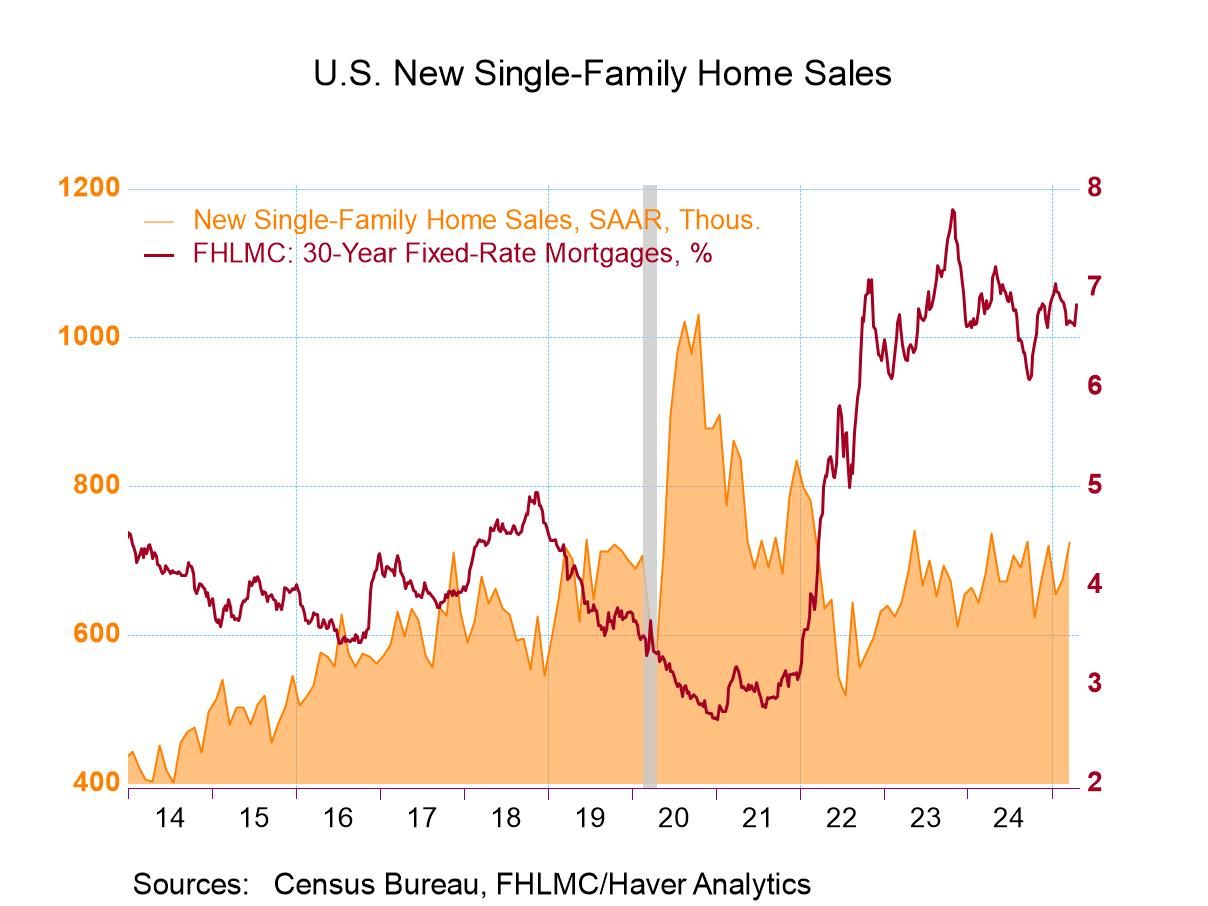Belgian Index Leads the Way Lower for Manufacturing Signals

The Belgian National Bank index for January remained negative, at a -13.6 reading, close to its December value of -13.8. The manufacturing index in January improved to -19 from -19.9 in December, still substantially weaker than its -16.7 value in November.
Over three months the Belgian index is down by 0.8 points; over six months it's down by 1.3 points; however, over 12 months it's rising by 2.8 points.
The result for manufacturing is similar to the headline; the three-month change of -0.7, a six-month change of -4.1 and a 12-month change of +3.0.
Despite the increases in the survey over 12 months which are more frequent than the decline to cross the various components, the three-month changes are largely negative and of course the readings for January are broadly negative.
For manufacturing, the production trend in January deteriorated sharply to -14 from -7 in December, compared to +8 in November. Despite this recent deterioration, the index shows a 5-point increase over 12 months but then the 13-point decline over six months and a 13-point decline over three months.
Orders are not reassuring The domestic order trend has become volatile and volatile amid weaker numbers with a reading of -11 in January; that's an improvement from -21 in December but also a sharp deterioration from -1 in November. However, the sequential change data complicate the picture a great deal with the domestic order trend up by 5 points over 12 months, up by 9 points over six months, but then up by only 6 points over the three months. Foreign orders show deterioration monthly from a +7 in November to -23 in December and another -23 reading in January. The sequential changes, however, are negative with a 6-point drop over 12 months, a 19-point drop over six months, and a 6-point drop on balance over three months. Despite all negative readings on a diffusion basis in January and December, domestic orders show sequential advancing while foreign orders show sequential deterioration. But the queue standing all are weak as we shall see.
Prices Price trends became more deeply negative monthly. In January, the reading was -7, compared to -3 in December and -3 in November. Sequentially price trends are becoming more negative with a 2-point drop over 12 months, an 8-point drop over six months, and an 8-point drop over three months.
Industry overall The current assessment in the survey has deteriorated slightly in the last three months but for neither total orders nor foreign orders has there been very much change. At -39 in January total orders are 2-points weaker than they were in November and at -48 foreign orders are 4-points weaker than they were in November. Looking at the sequential changes, total orders are up by 6 points over 12 months, down by 2 points over six months and up by 4 points over three months. Foreign orders are lower on all horizons: lower by 3 points over 12 months, lower by 15 points over six months and lower by 2 points over three months.
Other sectors Assessments of other sectors, wholesaling & retailing, construction, and business services show net negative numbers for January, December, and November except for business services that post positive numbers but positive numbers that are losing momentum from November to January. Sequentially wholesale & retailing show an improvement over 12 months of 0.5 points but a decline of 12.8 points over three months. Construction shows improvement in all horizons; a gain of 8.3 points over 12 months, underpinned by a 4.1-point increase over three months. Business services show a decline over 12 months of 2.6 points and a decline of 1.8 points over three months.
Rank standings of January diffusion readings The rank standings of the diffusion values for January show weak numbers up and down the line; every single category is below its 50th percentile, putting all of them below their median readings over data back to September 1997. The strongest reading is for the construction sector at 41.9%. The second strongest is for business services at 31.5%. Wholesaling & retailing have an 11.6-percentile standing, with the total industry at 10.9% and manufacturing at a 7.9 percentile standing. The Belgian survey continues to be weak across all categories and the momentum is mixed to the negative side. This is not a reassuring report. What’s worse is that it looks like it's a reasonably good bellwether for what goes on in Germany and in the European Monetary Union. The January report for Belgium is a month ahead of those two surveys and it does not portend better readings for them.

Robert Brusca
AuthorMore in Author Profile »Robert A. Brusca is Chief Economist of Fact and Opinion Economics, a consulting firm he founded in Manhattan. He has been an economist on Wall Street for over 25 years. He has visited central banking and large institutional clients in over 30 countries in his career as an economist. Mr. Brusca was a Divisional Research Chief at the Federal Reserve Bank of NY (Chief of the International Financial markets Division), a Fed Watcher at Irving Trust and Chief Economist at Nikko Securities International. He is widely quoted and appears in various media. Mr. Brusca holds an MA and Ph.D. in economics from Michigan State University and a BA in Economics from the University of Michigan. His research pursues his strong interests in non aligned policy economics as well as international economics. FAO Economics’ research targets investors to assist them in making better investment decisions in stocks, bonds and in a variety of international assets. The company does not manage money and has no conflicts in giving economic advice.






